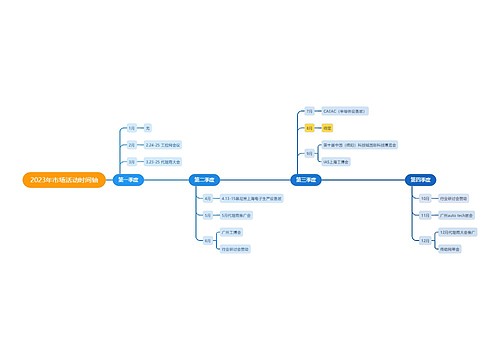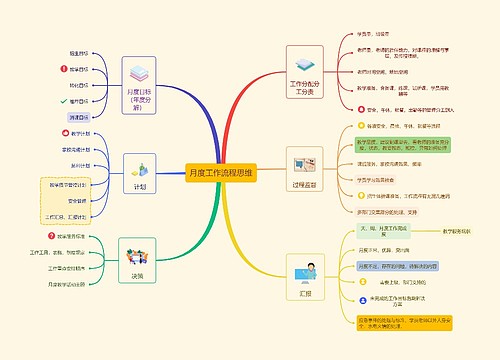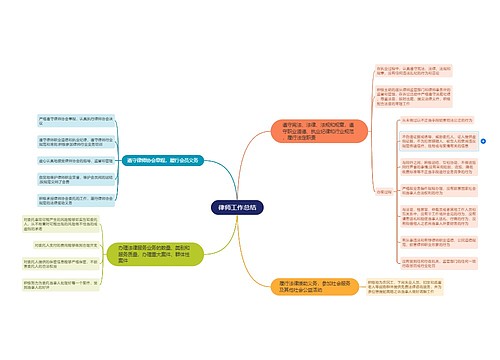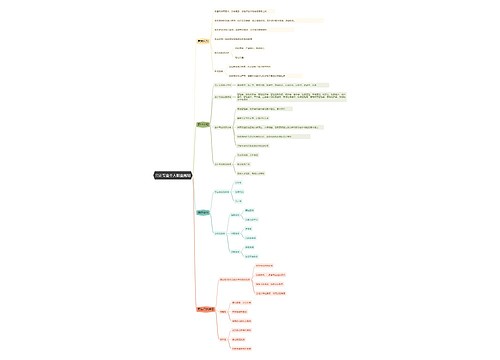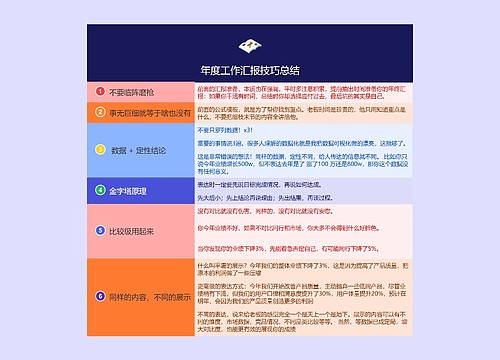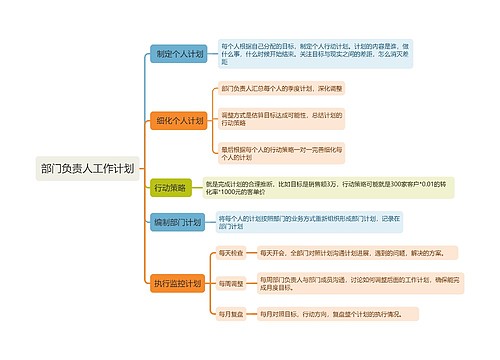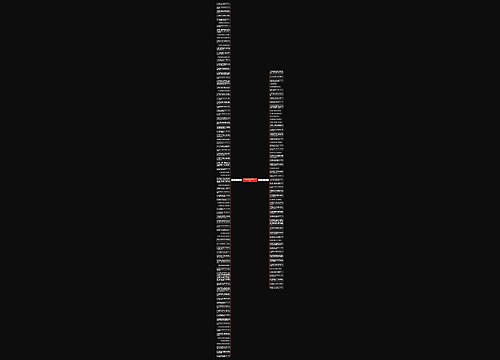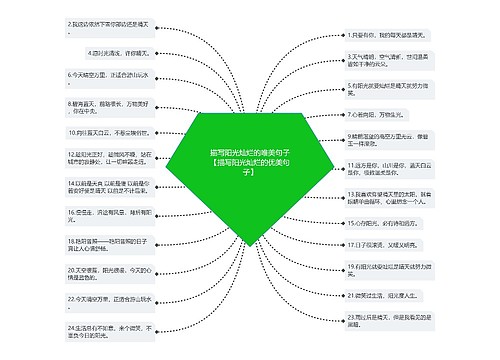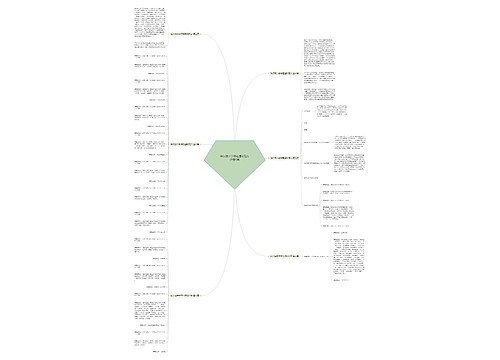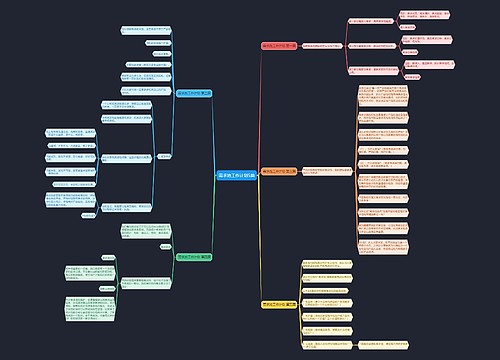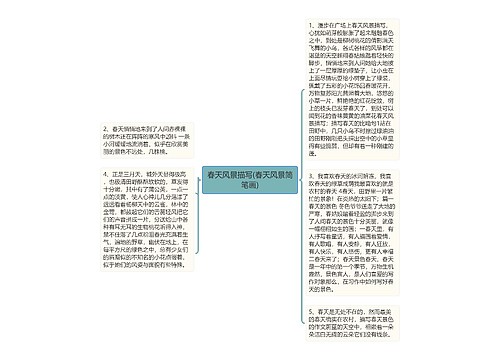1. 每个人都有可能在过去肯定他的观点是正确的,就跟他现在认为另一个完全相反的观点是正确的那么肯定。
2. 搞清楚句子结构,并且弄懂句子中单词与单词之间的关系,(或短语或从句),你就能成为句子成分分析专家。
3. xxxto be doing…when…xxx是一个句型,多译为xxx某人正在做……时,突然……xxx。在简单的句子中容易看出,一旦句子变得复杂一些,可能就不太容易识别这种句型。
5. 呵呵,主语确实是Your visit,粘贴的时候弄错了,last week是时间状语。这里肯定不能用delight,因为已经last week已经说明是上周,必须要过去时态,和"使……"无关。
8. 不错。on behalf of the Chinese government是介词短语作方式状语,其中on behalf of 是短语介词(即该短语相当于一个介词),the Chinese government是介词宾语。
9. 状语是用来说明动词,形容词,副词或整个句子的成分。常由副词担任。修饰动词时可以放在动词
10. She has created a style of music that has delighted audiences all over the world.
11. delight本身的意思就有:使高兴,使欣喜
12. 主语:是一句的主体,是全句述说的对象,常用名词,数词或代词担任,一般放于句首。如:
13. He bought himself a book. 主谓+双宾
14. xxxthat's all there is to it xxx,意思是xxx也不过如此而已xxx。可根据上下文视情况处理。
16. child --- went home yesterday.
17. 放在名词之前,相当于形容词的短语或从句放在名词的后面。如:
18. xxxIt occurred to sb. that…xxx意为xxx突然想到xxx,xxxIt dawned on 突然想起xxx等。 从句是想起的内容。
19. 定语从句:用一个从句修饰限定主语或宾语。例:The man who you saw is called Tom.
21. He is a tall boy.(他是个高个子男孩。
22. 这两句话中单词study和are都是动词,study叫做实意动词,are叫做be动词,它们在句中作谓语。
23. My sister gets up early to catch the bus. my 定语 to catch the bus 状语
25. 这两句话中单词students是个名词,we是代词,它们在句中做主语。
26. He mades us laugh. 主谓宾+宾补
27. xxxso…that, such…thatxxx是一个普通的句型,但在同一个句子里有两处使用它却比较少见。
28. 表语:用来说明主语的性质或状态。一般由名词或者形容词担任。如:
29. One day, the father of a very wealthy family took his son on a trip to the country with the express purpose of showing him how poor people live.They spent a couple of days and nights on the farm of what would be considered a very poor family.
30. 每个人都有可能在长大后持有和现在完全相反的信念,这个结论与心理学理论的观点是一致的。
31. 谓语:是对主语加以陈述,表示主语的行为或状态,常用动词或者动词词组担任,放在主语的后面。
32. 宾语从句:宾语位置是个从句。例:I asked her where was wrong.
34. Each would then have (felt as sure of)(the truth of his opinions)as he now (feels [省略sure] of)(the truth of the opposite opinion).
35. xxxBe that as it mayxxx是xxxLet it be that as it mayxxx的省略形式,是由xxxbexxx引起的另外一种假设结构,意思是xxx虽然如此,尽管这样xxx。
36. 时态根据主语确定,里面提到了时间——last week,所以用一般过去时。这句话主语是your visit 吧?这里用delight可以吗?和他是使动词有关吗?
37. 之前,也可以放在动词之后;修饰形容词或副词时放在它们之前。如:
39. 同位语从句:在句中的位置和作用类似于主语,其实是把一个简短的主语以一个句子的形式表述得更清楚。例:The fact that the money is gone does not mean it was stolen.
40. xxxby doing…xxx结构。这个结构的意思是xxx通过(做)……xxx,但翻译实践中不能拘泥于这种释义,不少情况下需要灵活变通。
41. 这三句话中单词hard 和often修饰的都是动词,第三句话中单词too修饰的是形容词,它们都作状语。
42. 她创造出了一种能令全世界的听众都感到快乐的音乐风格。
43. 主语从句:从句做主语的。例:Why it happened is not clear to anyone.
44. The report has delighted environmentalists.
45. 这两句话中单词teachers是名词,单词him是代词,它们在句中作宾语。
48. 定语:是用来说明或者限制名词的成分,常用形容词或者相当于形容词的短语或从句担任。形容词
49. would have是虚拟语气,表示与过去事实相反。
50. 状语从句:修饰谓语。例:Your letter arrived after you had gone.
52. Our patio reaches to the front yard and they have the whole horizon. We have a small piece of land to live on and they have fields that go beyond our sight. We have servants who serve us, but they serve others. We buy our food, but they grow theirs. We have walls around our property to protect us, they have friends to protect them.
53. xxxrange from …to…xxx结构。这是一个常见结构,译时很多情况下应变通处理,不能完全依靠辞典上的释义。
55. 这两句话中单词red和tall都是形容词,它们作定语。
56. 表语从句:其实就是主系表结构,表语的位置是个从句。例:That is what I mean.
57. 主语和宾语前的成分是定语,谓语前的成分是状语,时间词作状语放在句子后面。句子的
58. xxxIt follows that…xxx=xxxIt happens as a result…xxx常常被译为xxx由此可见xxx,xxx因此xxx,xxx从前xxx,xxx可以推断xxx等等。
59. 宾语:表示行为的对象,常由名词或者代词担任。放在及物动词或者介词之后。如:

 U633687664
U633687664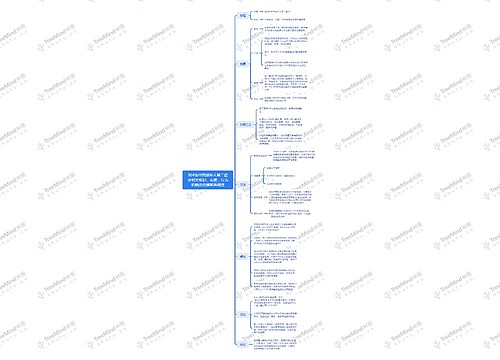
 U678146910
U678146910

